How Pokemon Red And Blue Paved The Way For Switch Today
20 years ago today, Pokemon Red and Blue launched in North America, sparking what can really only be described as a media phenomenon. What started with two innocuous titles for a platform at the end of its life quickly grew into one of the most successful gaming franchises in the world, second only to Mario in terms of lifetime sales. Though many people considered it a fad at the time, Pokemon has endured for these past two decades, morphing into a media giant that shows no signs of slowing down. Today, at a time when the Pokemon franchise is approaching a major turning point, we're going to take a look back at where it all started.
The Past
I was 11 years old when Pokemon Red and Blue launched in North America on September 28, 1998, and if there was any kind of pre-launch marketing campaign for the games here in the US, I don't remember encountering it. Instead, I was introduced to Pokemon in a manner I probably shared with many other '90s kids: on the playground. Specifically, I distinctly remember a group of my friends huddled around a Game Boy as one of them hunted for a Weedle in Viridian Forest. I asked them what a Weedle was and the rest, as they say, is history.
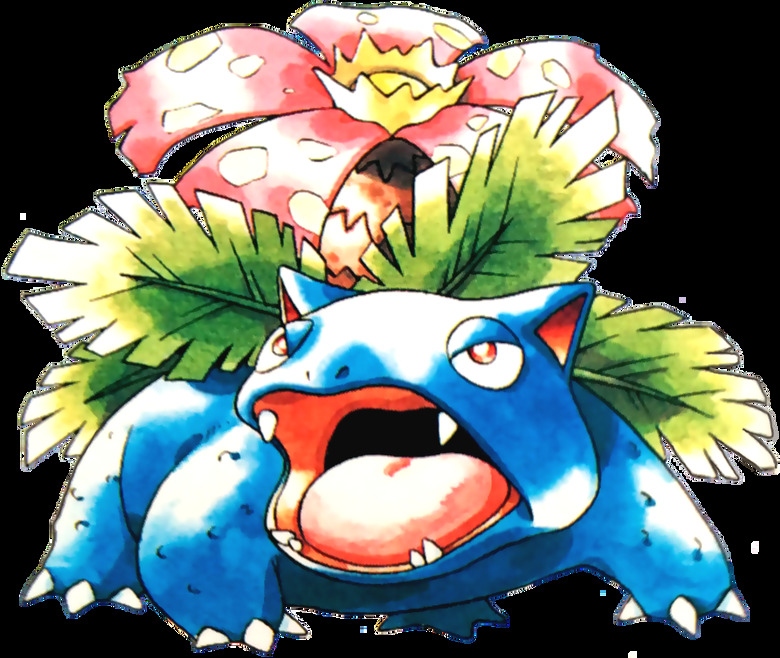
I don't quite remember what it was that made me want to play Pokemon so badly, but regardless, I annoyed my mom endlessly for a copy of the game. When she finally caved and bought me Pokemon Blue, I was instantly hooked – I started on my Pokemon adventure with my pal Bulbasaur (who remains the best of the original three starters and likely the best of all the starters across the entire series, by the way) and for months, Pokemon was the only game I played.
I definitely wasn't alone in that regard. Pokemon Red and Blue went on to sell nearly 10 million copies in the US alone, and single-handedly extended the Game Boy's lifespan at a time when its appeal was beginning to wind down. It wouldn't be surprising to hear that many kids my age didn't even care about the Game Boy until Pokemon Red and Blue released. Talk about a boon for Nintendo.
While I'm sure it was a very confusing obsession for the parents of kids who were taken by Pokemon fever, it isn't hard to see why these games were a success. The cute (and cool) monsters certainly helped draw children to the games, but Pokemon's distillation of often-complex RPG mechanics is what truly gave Red and Blue their staying power with kids. Pokemon made role-playing games accessible for kids who had so far only played side-scrolling platformers or action games, and that was a huge accomplishment.
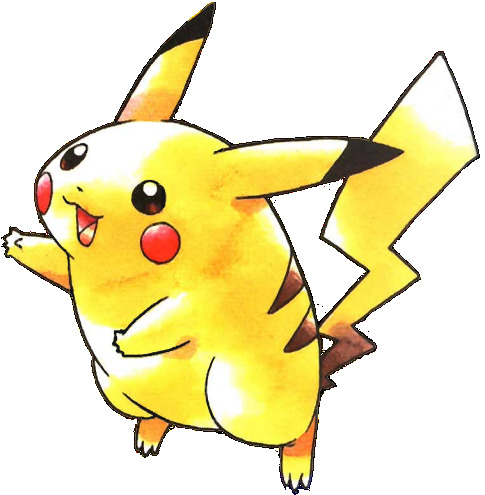
Leveling up your Pokemon to make them stronger was a mostly hands-off experience that did allow for some degree of micromanagement but didn't require it. Red and Blue also let kids think strategically in regards to type match-ups and introduced this concept with the very first battle in the game. At the same time, however, the advantages afforded by smart type match-ups weren't so significant that it stopped kids from creating a team that featured their favorite Pokemon – free of concerns about type – and finding success with it.
Essentially, Pokemon Red and Blue were games that were simple on the surface but had hidden layers of depth. This effect is something that's become more pronounced in recent games in the series, but the point is that Pokemon offered something to role-playing veterans while remaining accessible to kids who had never played an RPG before. That kind of universal appeal is what has helped Pokemon remain a popular game franchise, as the people who were around in the early days rediscover the series as adults and new generations of kids are introduced to it for the first time.
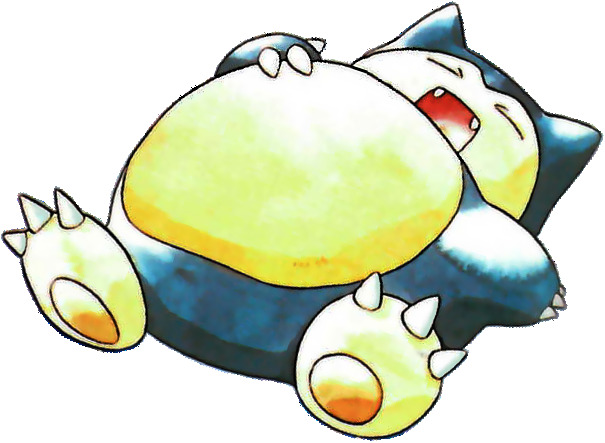
Then we've also got the trading and battling aspects of Red and Blue. Requiring only a Game Boy link cable and a willing participant, players could connect two Game Boys to trade monsters between the two different versions or show off their favorite Pokemon in battles with their friends. Certain Pokemon only appeared in Red or Blue as well, so if you wanted to collect all of the monsters, you needed to trade with your friends.
That gave Pokemon Red and Blue a social aspect that was much rarer in video games back in 1998. Of course, that social component also led to a number of urban legends, like the rumor that the mythical Pokemon Mew was hiding underneath an abandoned truck found near the SS Anne, or that pressing a certain combination of buttons would increase your chances of catching a Pokemon – holding down and B was the combination I always heard, but myths and rumors for pretty much every other combination made the rounds at one point or another.
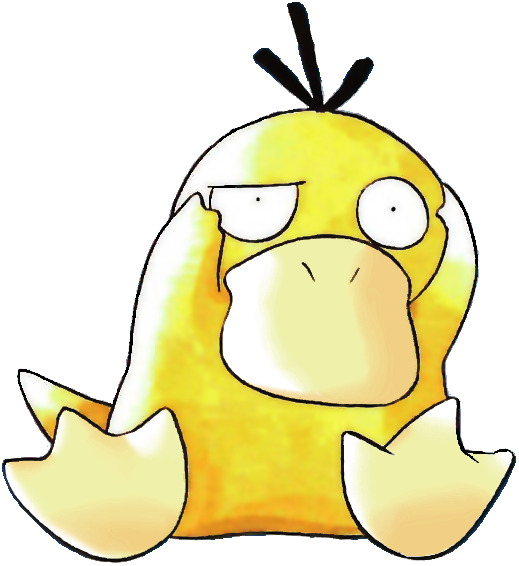
For as revolutionary as Pokemon Red and Blue were, they weren't without their faults. Being Game Freak's first outing, the Pokemon sprites in Red and Blue can sometimes look wildly different than the concept art created by Ken Sugimori (which can be seen throughout this article) – something that was largely fixed in Red and Blue's follow-up, Pokemon Yellow. On top of that, game balance is a little off, as psychic Pokemon were very powerful in generation 1 with little in the way of viable counters. Both games were also pretty buggy, which is something that's perhaps best evidenced in modern-day speedruns of Pokemon Red and Blue.
We've also got the limitations of the Game Boy to thank for some of Red and Blue's other quirks. In those original games, backpack space was limited, which meant you routinely had to move items over to storage to continue picking up new ones. You also had to manually switch Pokemon storage boxes when the one you were using filled up. These relics of 1998 haven't been present in the mainline Pokemon series for a long time, and it can be almost jarring to return to Red and Blue and encounter them today.
Still, the best parts of Pokemon Red and Blue managed to shine through the blemishes, and that's still true today. Pokemon Red and Blue set the stage for a series of games that has only gotten better as time goes on, and much of the foundation Red and Blue laid down is still present in modern-day Pokemon games, just with a little extra polish. Pokemon Red and Blue changed gaming for a lot of us back in the 1990s, and for me personally, they were one of the cornerstones of my childhood.
The Future
It's almost too perfect that we're looking back at Pokemon Red and Blue today, when the Pokemon franchise is gearing up for a massive transition. The mainline series, which has been exclusive to Nintendo's line of handhelds for the past 20 years, will make its debut on the Nintendo Switch at some point in 2019. For a lot of us, this is a move that we've wanted to see since the very beginning.
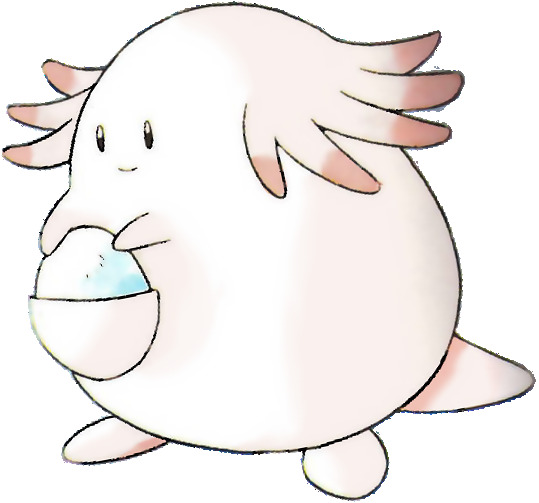
Ever since Red and Blue made their debut on the Game Boy, fans have been daydreaming about how great it would be to see a main-series game on a console, starting way back with the N64. We've received plenty of spin-offs on home consoles, but nothing really resembling the Pokemon games that were tied to handhelds. After 20 years, that's finally about to change.
In a way, it's almost like we've found our way back to beginning. We obviously don't know what the game will look like when it arrives on the Switch next year, but it'll almost certainly be different from the Pokemon we've grown used to over the previous two decades. It's an exciting time, but also a nostalgic one as the franchise makes a leap many of us thought it would never take.
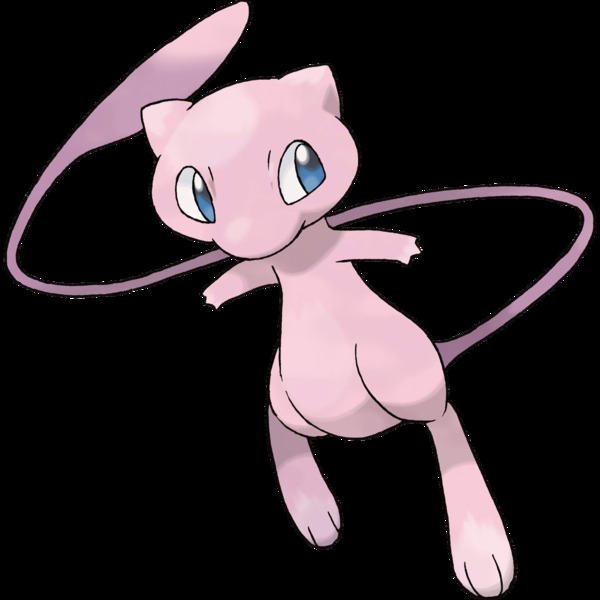
There's always the possibility that Game Freak leaves the tried-and-true Pokemon formula intact for this Switch debut, but I don't think it should. I think this is the perfect time for a franchise that has spent 20 years playing it safe to take a few risks and do something a little unexpected.
We saw Game Freak begin to move away from the standard Pokemon structure in Pokemon Sun and Moon, and I'm hoping the studio takes that all the way in Pokemon on the Switch. If it does, this Switch entry could recapture the magic we all felt when we first played Pokemon Red and Blue on the Game Boy all those years ago and that, frankly, is something I would love to see.
